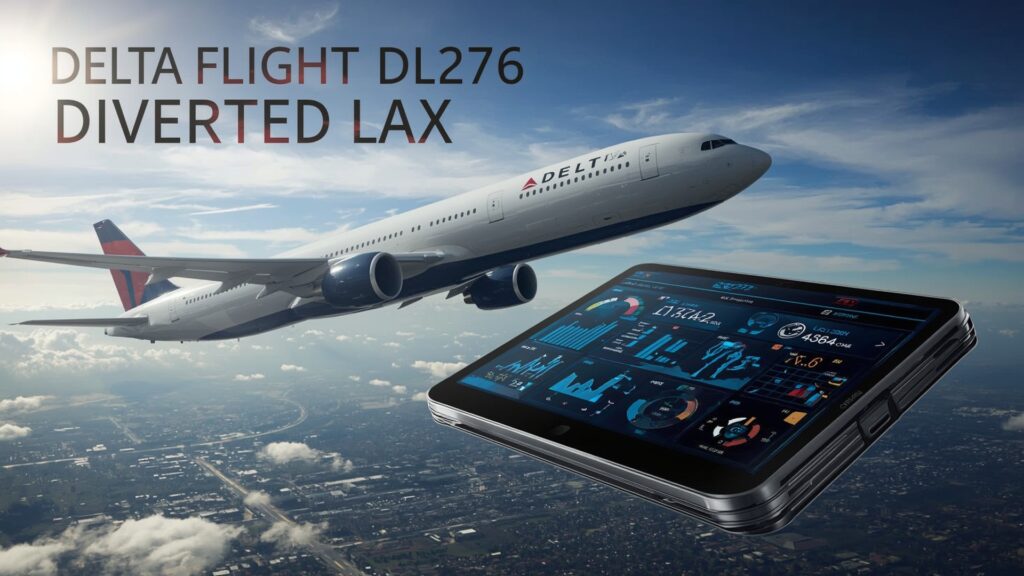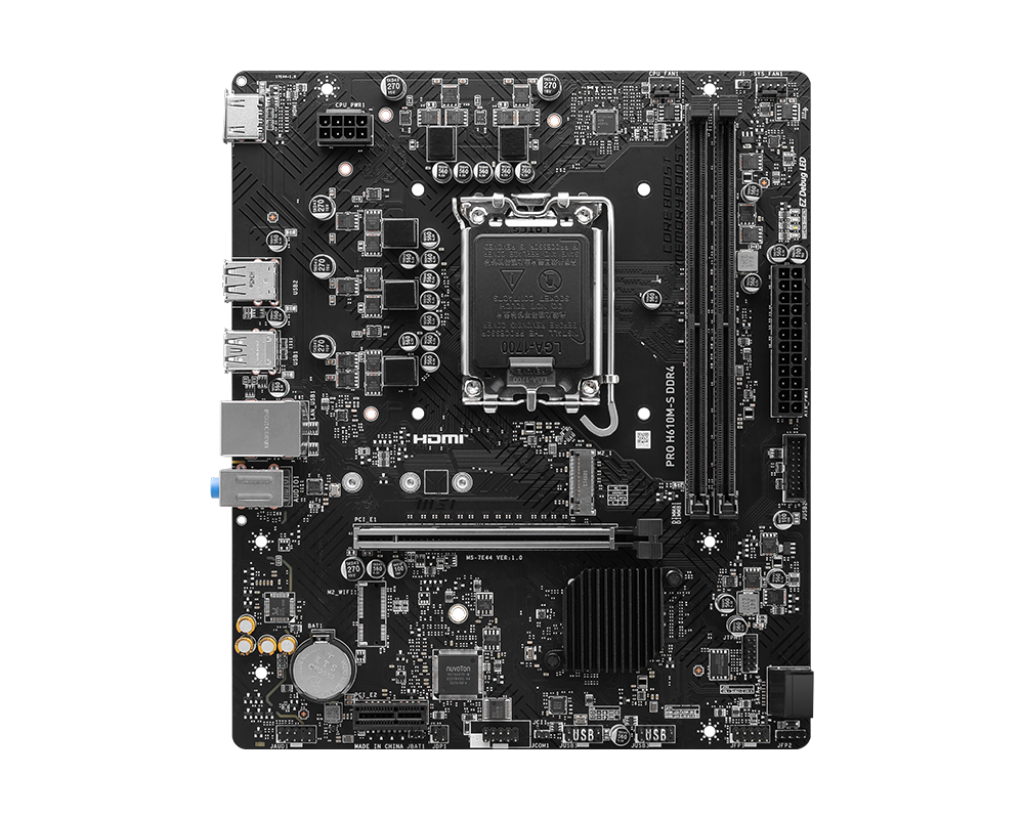Although Delta flight DL275 diverted LAX on 28 May 2025, demonstrating the vulnerability of today’s aviation, it raised the revolutionary possibility of predictive maintenance. All news stories reminded us of one essential truth; safety of those on board the aircraft is truly the priority. Diverting for a passenger medical emergency is part of operational routine procedures and it significantly reminds us of the advanced, multi-level technology that is hard at work behind the scenes to ensure they are protected from harm and to ensure their safe travel from origin to destination.
Delta JL275 presents a unique opportunity to better examine the technologies present that allow these diversions to occur, and attempts to prevent greater catastrophic errors occurring. The safety chain can be examined across three phases: Prevention, Decision-making, and Response.
1. Prevention Tech: The First Line of Defense
Well in advance of when a flight like DL275 takes off, a myriad of technologies are in place to work collectively to provide preventive risk mitigation and therefore prevent any incident from occurring – YET.
Predictive Maintenance Analytics: Today’s aircraft like the Boeing 767-300 flying DL275 utilize thousands of sensors. These systems stream real-time data to ground operations to predict impending component failure. An engine anomaly or a hydraulic issue that could cause a diversion can often be diagnosed and rectified at the airport, not in the air as an emergency.
Meteorological AI: Predictive analytics has advanced to the point where artificial intelligence is now interpreting vast amounts of data for weather modeling. Airlines utilize this technology to plot the most efficient and safest flight paths while avoiding regions with heavy possible turbulence and extreme weather systems that often contribute to delays, diversions, and injuries.
2. Decision-Support Technology: The Brains of the Operation
When an emergency occurs at cruising altitude and airspeed of 35,000 feet and with no waypoints, the flight crew is on their own. However, I am certain the decision to divert DL275 to LAX was made with the assistance of an arsenal of decision-support technologies.
1. Aircraft Communications Addressing and Reporting System (ACARS): This digital datalink system was instrumental for DL275. The cockpit crew could have utilized ACARS to send Delta’s Operations Control Center a text-based message, outlining the medical scenario. In turn, ground-based dispatchers and medics could be instrumental and start planning.
2. Real-Time Diversion Planning Software: Airlines and pilots have sophisticated software that instantly assesses an aircraft’s current position, fuel state, weather, and airport condition. When the crew of DL275 entered the medical emergency into that software, it would have immediately assessed the situation and produced a shortlist of the best diversion airports. It is likely LAX was selected because it was the best compliant airport: close enough, with 24–7 medical capabilities, long runways, and Delta ground support.
3. Satellite Communications (Satcom): On long over-water or remote land routes, Satcom provides an ongoing and reliable communication link, much greater than traditional radio. This means that a flight like DL275, which was coming from Amsterdam, would never lose contact with their network.
3. Response & Landing Technology: Executing the Decision Safely
With the decision taken, technology facilitated the safe and seamless landing of DL275 at LAX, sometimes at a moment’s notice.
Enhanced Ground Proximity Warning System (EGPWS): EGPWS, frequently referred to as the “terrain awareness” system, uses a digital global terrain database to prevent controlled flight into terrain hazards. This is especially important when diverting into an unfamiliar or complicated airport approach, and potentially during dark weather conditions and night operations.
Precision Landing Systems (ILS): Instrument Landing Systems can place an aircraft on the runway with high precision, which is a useful skill in arriving at a large airport like LAX with potentially fatigued crew and a high stress environment in the cabin.
Air Traffic Management System: LAX’s control tower combined with a more advanced air traffic control system managed the unanticipated arrival of DL275 into the landing sequence while developing the best process to obtain clearance from other aircraft in order to create a priority landing.
The Human-Tech Relationship
The diversion of DL275 is a case study in the current aviation safety paradigm: humans use (and, as is often the case in aviation, rely on) technology. They always gave the data, options, and tools; but the final and critical decisions lay with trained Delta pilots, dispatchers, and air traffic controllers.
In a sense, a medical diversion is an unpredictable human event, but the technology that supports the response is anything but. It has taken decades of processes, practices, and innovations of layering multiple safety nets that have made diverting an aircraft for an unexpected and highly unusual medical event, manageable. The aviation safety process that made this diversion and resuming the flight manageable was not just the procedure.






